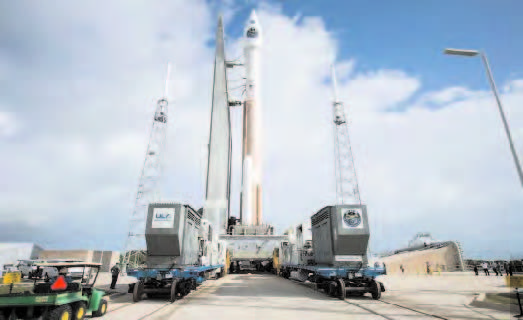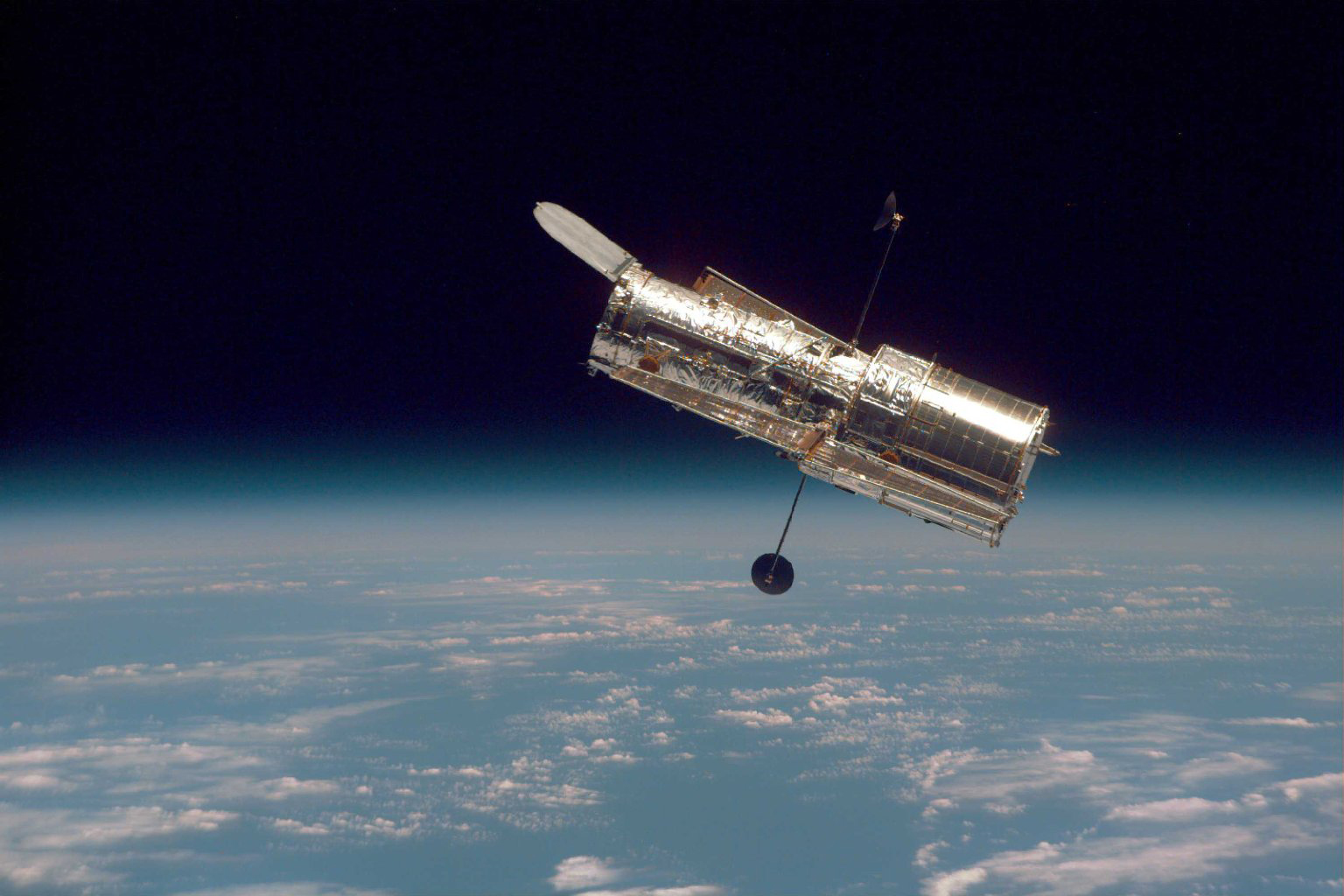
LONDON (TIP): In what is a historical first for space history, Europe’s Rosetta probe arrived at a comet after a 10-year chase becoming the first ever spacecraft to begin mapping its surface in detail. The spacecraft fired its thrusters for six and a half minutes to finally catch up with comet 67P/Churyumov- Gerasimenko.
“We’re at the comet” said Sylvain Lodiot of the European Space Agency operations centre. “After 10 years, five months and four days travelling towards our destination, looping around the Sun five times and clocking up 6.4 billion km, we are delighted to announce finally ‘we are here’,” said Jean-Jacques Dordain, director general of Esa. Comet 67P/Churyumov- Gerasimenko and Rosetta now lie 405 million kilometres from Earth, about half way between the orbits of Jupiter and Mars, rushing towards the inner Solar System at nearly 55,000 kilometres per hour.
The comet is in an elliptical 6.5-year orbit that takes it from beyond Jupiter at its furthest point, to between the orbits of Mars and Earth at its closest to the Sun. Rosetta will accompany it for over a year as they swing around the Sun and back out towards Jupiter again. Comets are considered to be primitive building blocks of the Solar System and may have helped to ‘seed’ Earth with water, perhaps even the ingredients for life. But many fundamental questions about these enigmatic objects remain, and through a comprehensive, in situ study of the comet, Rosetta aims to unlock the secrets within.
The comet began to reveal its personality while Rosetta was on its approach. Images taken by the OSIRIS camera between late April and early June showed that its activity was variable. The comet’s ‘coma’ – an extended envelope of gas and dust – became rapidly brighter and then died down again over the course of those six weeks.
In the same period, first measurements from the Microwave Instrument for the Rosetta Orbiter, MIRO, suggested that the comet was emitting water vapour into space at about 300 millilitres per second. Meanwhile, the Visible and Infrared Thermal Imaging Spectrometer, VIRTIS, measured the comet’s average temperature to be about -70oC, indicating that the surface is predominantly dark and dusty rather than clean and icy.
Then, stunning images taken from a distance of about 12,000 km began to reveal that the nucleus comprises two distinct segments joined by a ‘neck’, giving it a duck-like appearance. Subsequent images showed more and more detail – the most recent, highestresolution image was downloaded from the spacecraft earlier today and will be available this afternoon. ESA’s comet-chasing space probe woke up from a 31 month long hibernation on January 20, 2014, nine million kilometres from the comet.
Following wake-up, the orbiter’s 11 science instruments and 10 lander instruments were reactivated and readied for science observations. Rosetta was to become the first space mission to rendezvous with a comet, the first to attempt a landing on a comet’s surface and the first to follow a comet as it swings around the Sun. This milestone is a big win for the UK space industry which has significant involvement in the mission. Minister of State for Science Greg Clark said “Rosetta is a big mission for the UK, with much of the spacecraft built and designed here and our scientists involved in 10 of the mission’s instruments”.
“Our first clear views of the comet have given us plenty to think about,” says Matt Taylor, ESA’s Rosetta project scientist. Today, Rosetta is just 100 km from the comet’s surface, but it will edge closer still. Over the next six weeks, it will describe two triangular-shaped trajectories in front of the comet, first at a distance of 100 km and then at 50 km. At the same time, more of the suite of instruments will provide a detailed scientific study of the comet, scrutinising the surface for a target site for the Philae lander.
As many as five possible landing sites will be identified by late August, before the primary site is identified in mid-September. The final timeline for the sequence of events for deploying Philae – currently expected for Novermber 11 – will be confirmed by the middle of October. Among its wide range of scientific measurements, Philae will send back a panorama of its surroundings, as well as very high-resolution pictures of the surface.
It will also perform an on-thespot analysis of the composition of the ices and organic material, including drilling down to 23 cm below the surface and feeding samples to Philae’s on-board laboratory for analysis. UK said “Once the Philae lander touches down on the comet, we will be looking for evidence recorded in remnants of debris that survived the processes of planet formation. This is not merely a period of pre-history, but one that pre-dates the origin of life itself. Our quest is to gain insights into this transitional era, which took place more than 4.5 billion years ago.”





Be the first to comment